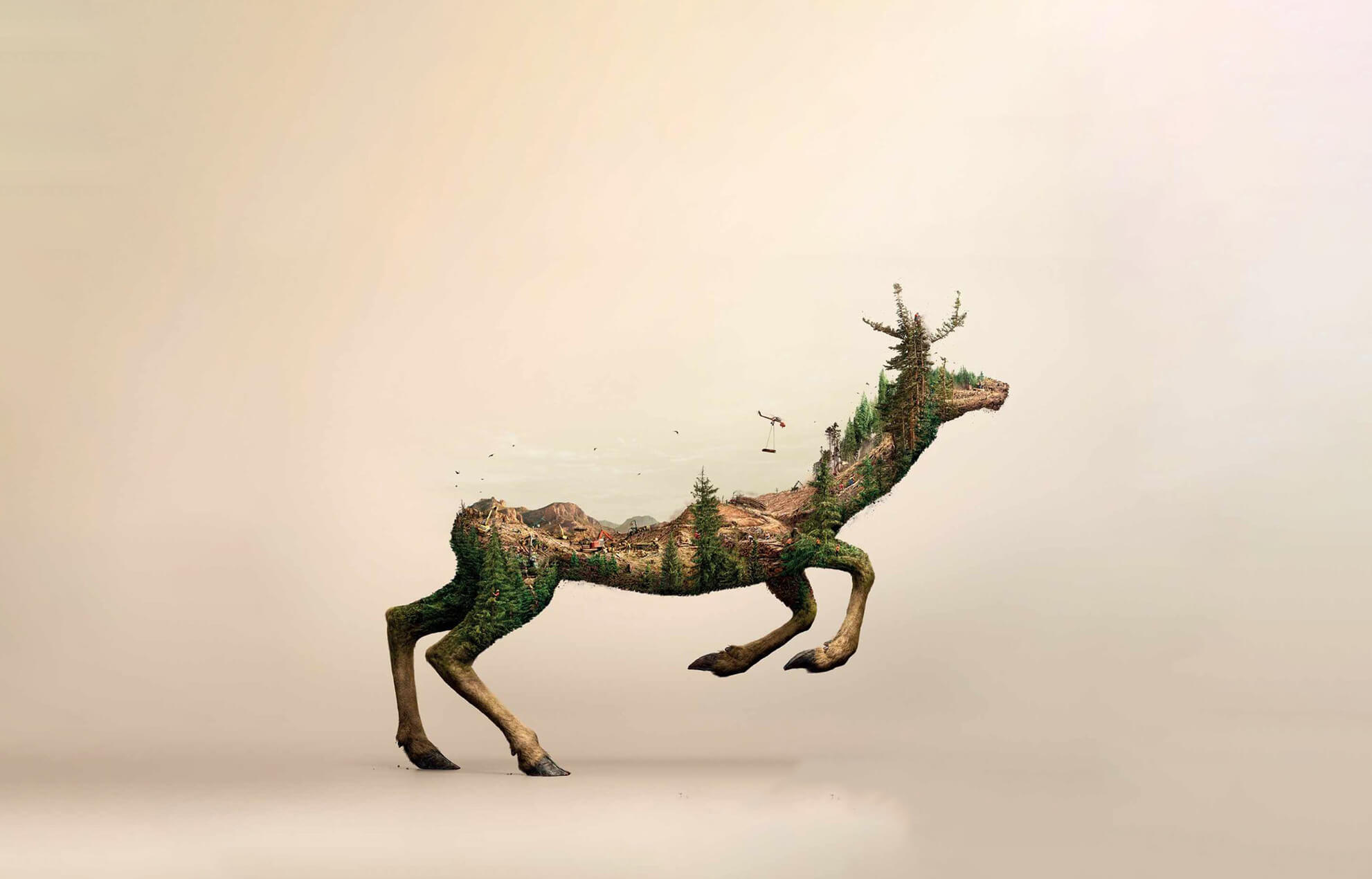Passenger Pigeon

Passenger pigeons, also known as wild pigeons were migratory birds, native to North America. It was quite a pretty bird, with brown wings and an iridescent bronze chest. At one point their population numbers were as high as 3 billion, so it is shocking that they completely disappeared from the planet. By the 19th century these numbers went down significantly, but the last nail in the coffin was the Europeans arriving to North America. There was still a great number of them, and colonizers had contests of who can shoot the most amount of passenger pigeons in one day. The winner killed 30,000 birds. The last big flock of passenger pigeons were observed in 1896. All 250,000 birds were shot down the same day. The last of its kind, Martha died in the Cincinnati Zoo in 1914.
Tasmanian Tiger

The thylacine, better known as Tasmanian tiger was a carnivorous marsupial, native to Australia and Tasmania. They actually had nothing to do with tigers but got the name from the dark stripes across their back. In other characteristics, such as the shape of their head and their long tail, they more resembled wolves. According to studies, they went extinct in mainland Australia almost 3,000 years ago. Scientists think the two reasons for this are the growing human population and the arrival of the dingo, who hunted the same prey as the thylacine. However, in the island state of Tasmania they survived until the 1930s. As settlers arrived in the 19th century, farmers and Tasmanian tigers had to share the land. That did not go well. Between 1888 and 1909 the Tasmanian government paid bounty after each adult and pup Tasmanian tiger killed. This and the shrinkage of habitat led to the extinction of the species in the wild. There were some efforts of breeding them in captivity, but it was too little, too late. They were not fitted for living in zoos, and a genetic disease spreading among the captured population made it even worse. Benjamin, the last known Tasmanian tiger died in Hobart Zoo in 1936.
Crescent nail-tail wallaby

This pretty marsupial was the size of a hare, only 38 cm high. They got their name after the crescent moon-shaped highlight in their ashy grey fur. How did they go extinct? You know the drill; humans. European settlers brought house cats and foxes, to hunt, over to Australia, basically poisoning the natural fauna. Destruction of their habitat and the unnatural predators led to the demise of this species. The last of its kind to be collected alive was captured in 1928 and sent to Taronga Zoo in Sydney. They survived in small numbers until the 1950s, and according to estimates, they went extinct around 1956.
Japanese Sea Lion
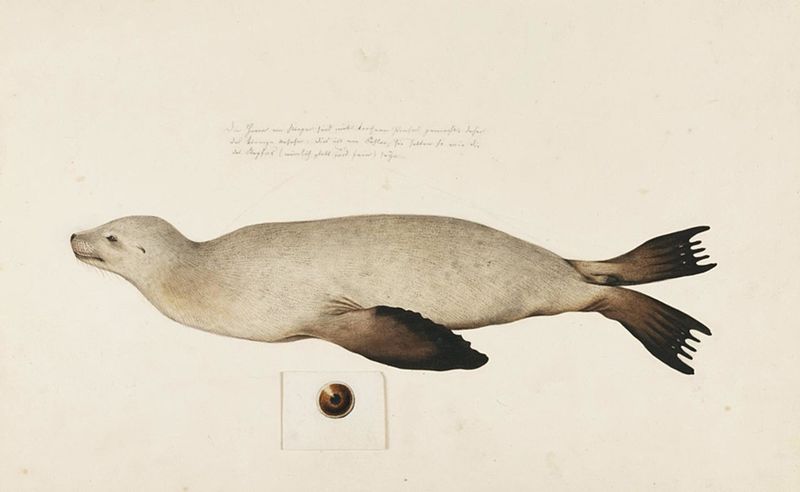
The Japanese sea lion, also known as the black sea lion, lived in the Northwest Pacific, visiting the maritime area of Japan, Korea and Russian Kamchatka Island. They belonged to the eared seals, and in contrast to true seals, they could turn their hind flippers to face forward, giving them greater mobility. Japanese sea lions had no natural predators, so the main cause of their extinction were humans. They were hunted for their fat (to make oil lamps), their meat, their skins and even their whiskers (used to make pipe cleaners). Fishermen killed them, to have more fish to themselves. In the 19th century, their numbers were around 40,000. By 1915 their population dropped to 300. Finally, World War II. destroyed their habitat and the last sightings of Japanese sea lions were in the 1970s.
Caspian Tiger
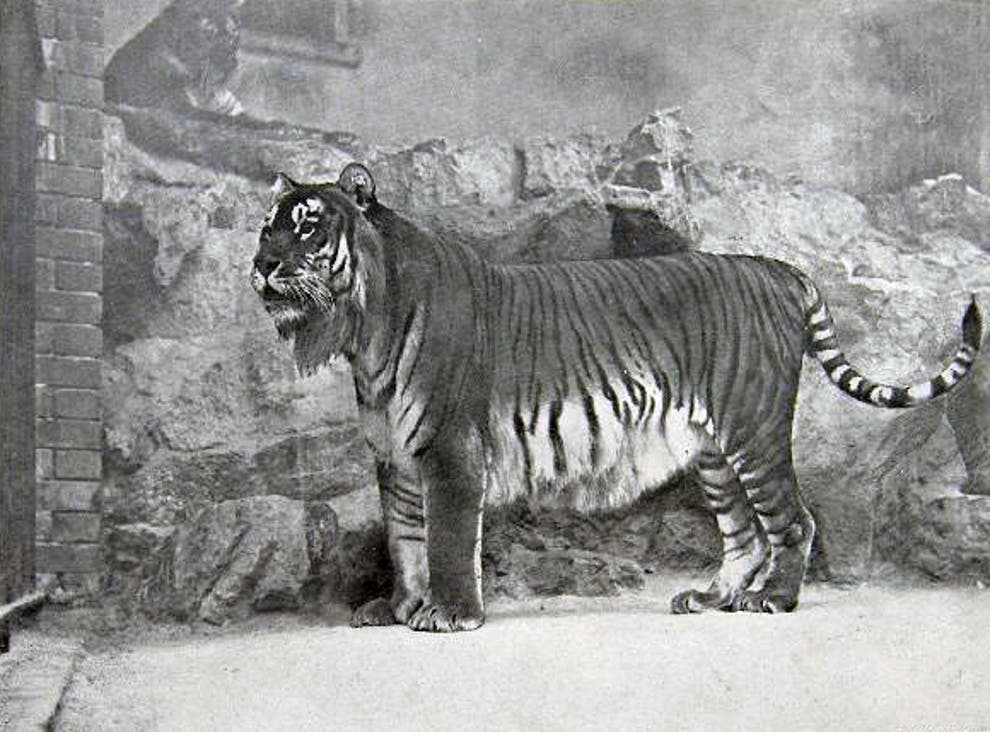
The Caspian Tiger lived in eastern Turkey, northern Iran, near the Caspian Sea and northern Afghanistan. In the middle ages, they were also native to Russia and Ukraine. The Caspian tiger was one of the largest cats. It had huge paws and surprisingly long legs, accompanied by small and short ears. Its fur was bright gold or yellow with brown stripes. The two main reasons for their extinction was habitat and prey loss, and over-hunting. The last of its kind is said to be killed in 1959, Iran. They were declared extinct in the 1970s.
Golden Toad

The golden toad’s habitat was limited to a 4 km2 area, north of Monteverde, Costa Rica. They were about 3-4 cm big and the males had a gorgeous gold color, that changed into orange for the mating season. The females had dark outlines and varying colors, such as yellow, green, red, black and white. Golden toads were speculated to be the first species to be affected by human-caused climate change. The heightened levels of carbon dioxide in the air, made the Costa Rican rainforests hotter and drier. This made them vulnerable to a deadly fungus disease, leading to the extinction of the species. Newer studies say that the humidity change might have been part of the natural weather cycle called El Niño. None the less this beautiful amphibian was first discovered in 1966 and then declared extinct in 1989.
Baiji
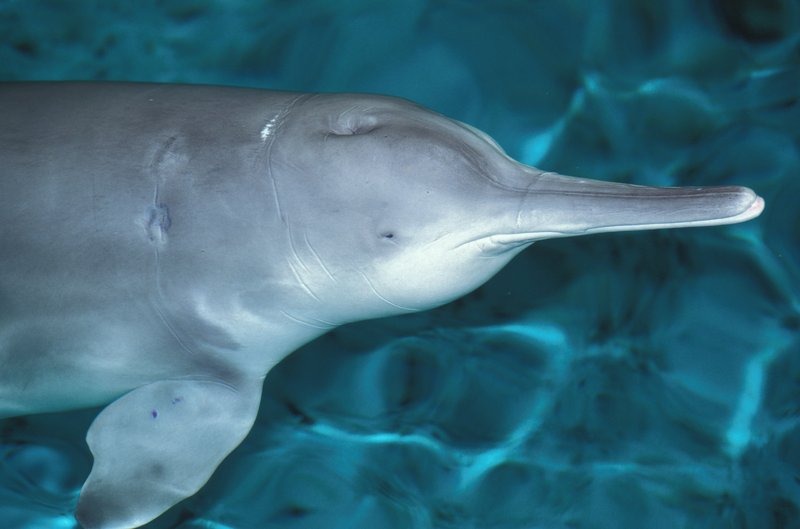
The baiji also known as the Chinese river dolphin lived in the Yangtze River for 20 million years before becoming extinct. This freshwater dolphin was stocky, with a long upturning beak. They swam in small groups of 6-10 and lived a quiet and shy life, avoiding boats. The baiji had small eyes, with bad sight, so they relied on echolocation. This became very difficult as boat traffic increased on the river. The biggest turning point in their fate was the building of the Three-Gorges Dam, which destroyed the natural state of the river for good. Their river was polluted by chemicals, crowded with dangerous fishing gear, and the noise pollution made it impossible for the basically blind baiji to avoid any of these threats. In the 1950s their population was estimated to be around 6000. From 1991 to 1996 there were only 42 baijis sighted. And in 2002 the last captured baiji, Qi Qi died in the Baiji Dolphinarium in Wuhan. They were declared extinct in 2006, after 6 weeks search of the river without a single sighting.
Western Black Rhino
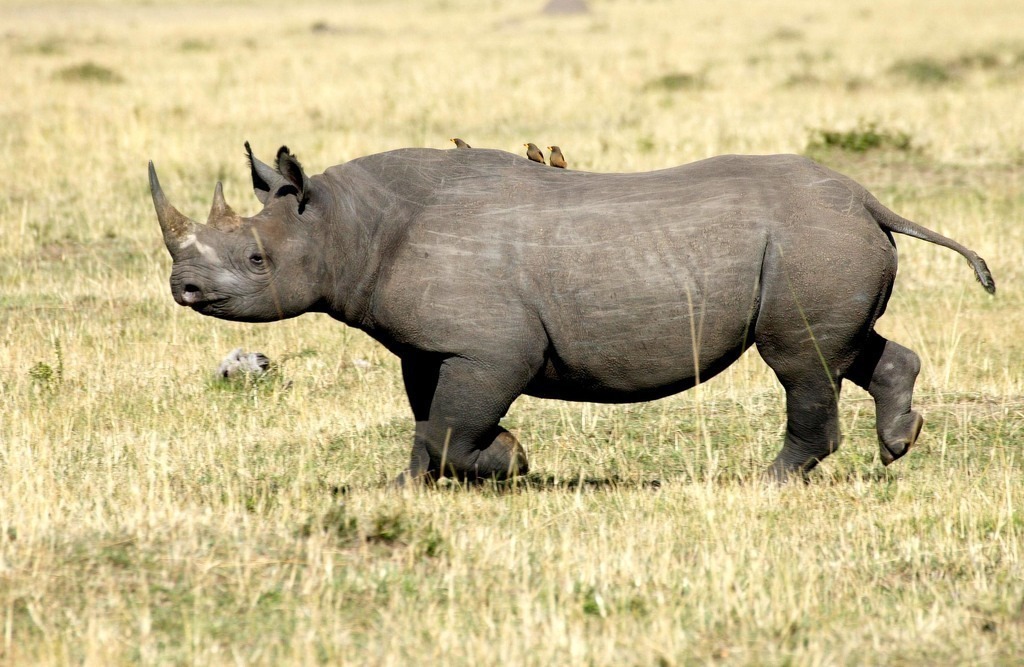
Western black rhinos were slightly smaller than their cousins the white rhinos. They were also the most northern rhinos in Africa, found in today’s Cameroon, Chad, the Central African Republic, Sudan and South Sudan. They had a prehensile upper lip, which made it possible for them to eat off trees and shrubs, while the white rhino eats only grass. In the 20th century, there were an estimated 1 million black rhinos, including western black rhinos, in Africa. In 2001 this number went down to 2,300. They were hunted for sport and driven out of their natural habitats as these lands were turned into farms. However, the beginning of the end came in the 1950s, when Mao Zedong started promoting traditional Chinese Medicine, which used powdered rhino horns, to cure all kinds of illnesses from fevers to cancer. By 1997 the population of black rhinos dropped to around 10 in Cameroon. By this time, we have realized our mistakes but it was too late. Cameroon was not able to provide any type of conservation, as it was politically unstable. The last western black rhino is suspected to have been poached in 2003.
Pinta Island Tortoise

The Pinta Island tortoise was native to the Galapagos in Ecuador. They were the largest tortoises and could live up to 175 years. In their natural habitat, they ate low hanging cactus pads. Their demise started with humans too. As the first whalers arrived in the Galapagos, they started carrying tortoises up to their ships to take them as ‘long shelf life’ food options. The species was thought to have gone extinct, when in 1971 a Hungarian zoologist, József Vágvölgyi found one remaining tortoise on Pinta Island. Lonesome George was taken to the Charles Darwin Research Station on Santa Cruz Island, where he lived alone until his death in 2012.
Bramble Cay Melomys
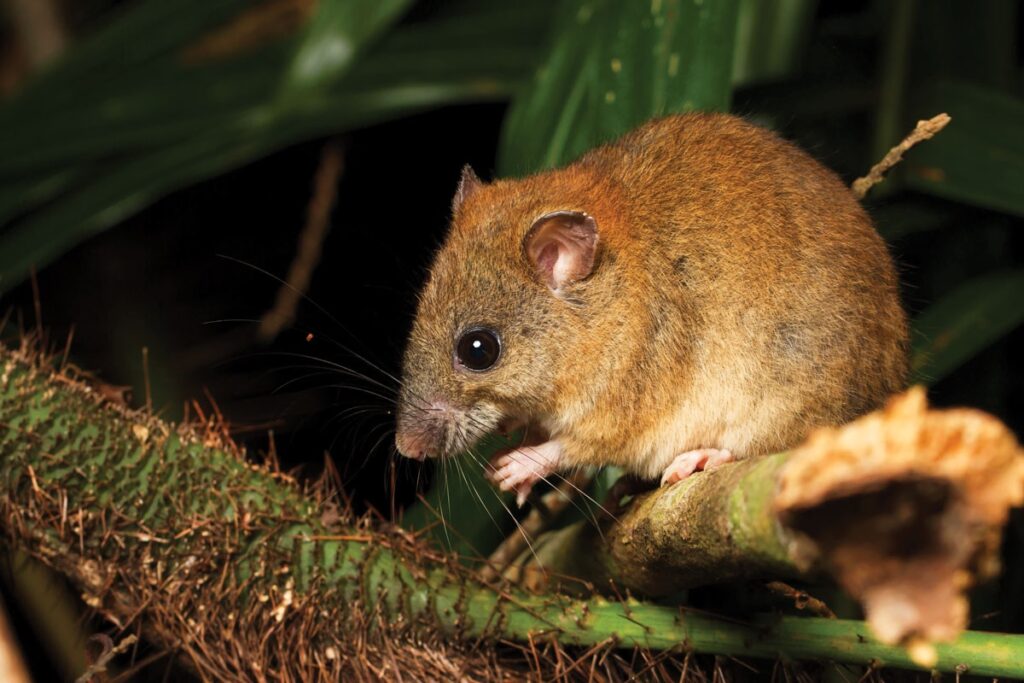
The Bramble Cay melomys was a small island rodent, found only on one small reef island north of Australia. They were about 14-16 cm long, with a thin tail and large feet. When the British discovered Bramble Cay in 1845 there were so many of them on the island that the crew shot them for sport. But then things changed. Today the Bramble Cay melomsy is considered the first mammal to go extinct due to climate change. In the last decade, the sea levels rose so high, that frequent storms wiped out most of the vegetation on the island. The only source of food for the melomys. The Australian government declared them extinct in 2016, accompanied by a statement claiming “human-induced climate change [as] the root cause of the loss of the Bramble Cay melomys”.
So, what is the conclusion? We have to do better. We have to pay closer attention. Because in the blink of an eye species that we consider common could disappear. If we want the next generations to see more than just pictures of koalas and orangutans, we have to care. This planet is shared and now we have to be the grown-ups and stand up to the challenge of protecting the ones we share it with.

